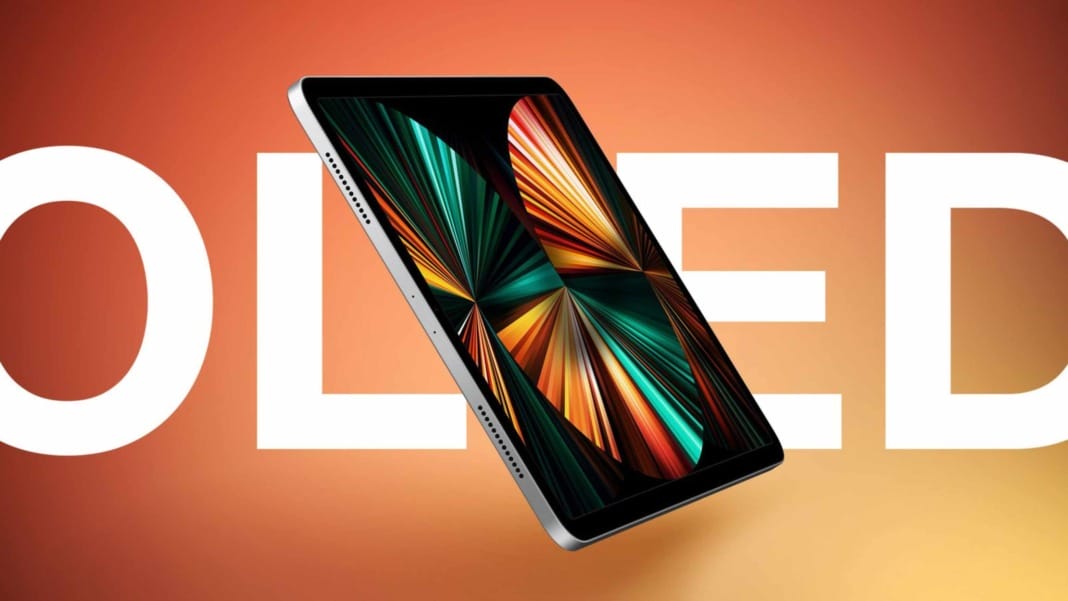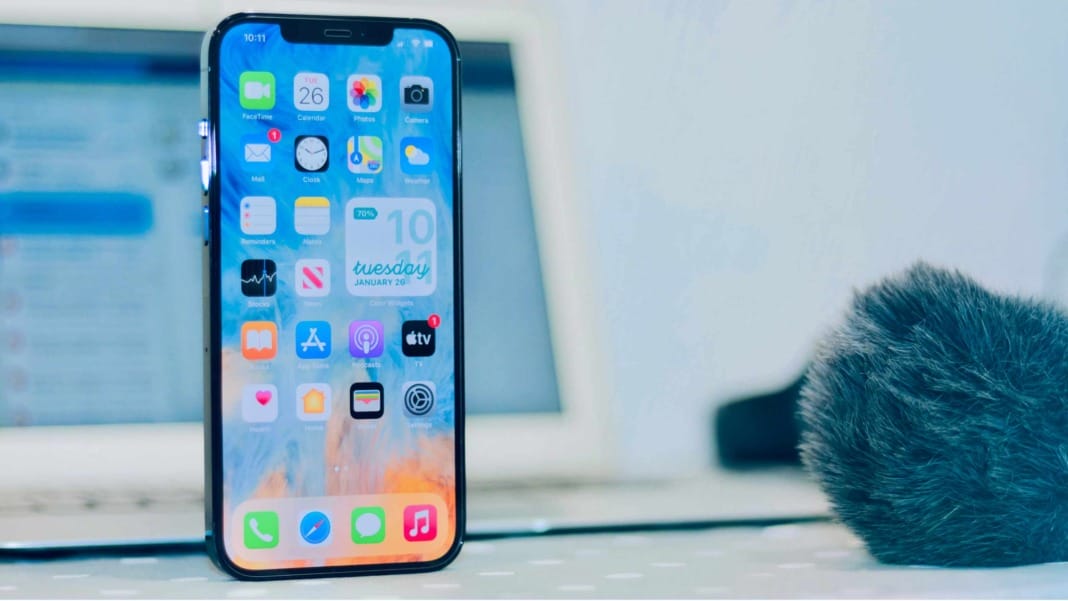Apple’s latest OLED iPad Pro is just beginning a new push to make its devices thinner. According to Bloomberg’s Mark Gurman in his latest Power On newsletter, Apple is planning a “significantly skinnier” iPhone 17. The company is also working on reducing the thickness of the MacBook Pro and the Apple Watch.
Apple’s pursuit of thinness
This isn’t the first time we’ve heard about Apple’s efforts to create a fragile device. Reports from The Information and several supply chain analysts suggest that the new iPhone 17 Slim is coming. It might be priced higher than the existing iPhone 15 Pro Max and could feature a 6.6-inch display and a smaller Dynamic Island.
Apple’s relentless pursuit of thinness is a testament to its commitment to innovation. While it has led to some impressive products in the past, it has also resulted in challenges like bendy iPhones, limited port selection, poor battery life, thermal throttling, bad keyboards, and even lawsuits. However, Apple has started to reverse this trend. The iPhone 15 Pro and the current MacBook Pro models are some of the thickest devices Apple has released in recent years, showcasing a shift in its approach.
Embracing the changes
These changes have been met with enthusiasm by many, underscoring the enduring appeal of thin, futuristic devices. For instance, the iPhone SE, despite its small screen and slower processor, continues to be a user favorite. The iPhone 12 and 13 Minis also draw envious looks for their compact size, proving that thinness doesn’t necessarily mean compromising on performance.
Apple may bring back this sleekness without the previous drawbacks. The current MacBook Air is thinner than the tiny, fanless 12-inch MacBook. It’s powerful and has excellent battery life, making it a reliable device outside the home without a charger. Reviews of the new iPad Pro, including one by David Pierce from The Verge, suggest that its thin design doesn’t come with major compromises.
A balanced approach
These developments are promising, indicating that Apple might have found a balance between thinness and functionality. After years of prioritising sturdiness and all-day battery life, Apple appears ready to return to its pursuit of thin devices without repeating past mistakes. This could potentially lead to lighter, more portable devices that are easier to carry and use on the go.
As exciting as this is, it’s important that Apple maintain this balance. Users today expect their devices to be sturdy and have a long battery life. While the return to ultra-thin designs is welcome, it shouldn’t come at the cost of these essential features. Thinner devices could potentially be more fragile and have a shorter battery life, which might not meet the expectations of some users.





